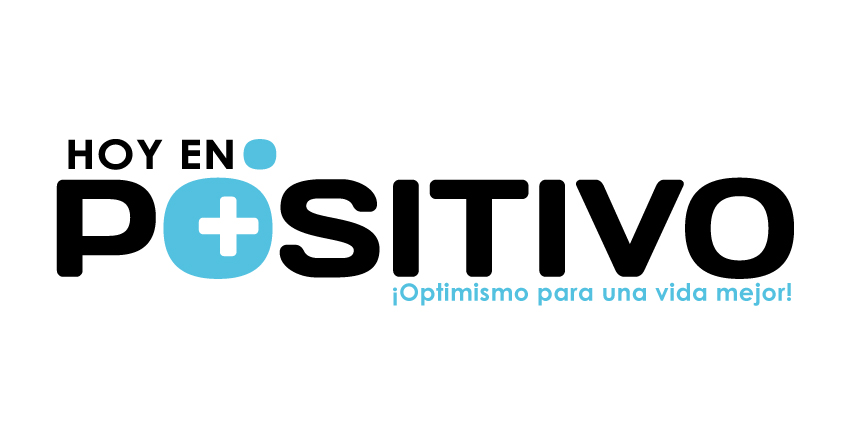Press Release
Global Study Highlights the Varying Shopping Expectations of Different Generations and the Role of Technology in Personalizing Retail
Redwood City, CA.—Jun 25, 2019

Despite clear differences in expectations among shoppers of different generations, almost half of retailers (44 percent) have made no progress in tailoring the in-store shopping experience according to a recent study conducted by Oracle NetSuite, Wakefield Research and The Retail Doctor. The
global study of 1,200 consumers and 400 retail executives across the U.S., U.K. and Australia dispelled stereotypes around generations and found big differences in generational expectations across baby boomers, Gen X, millennials and Gen Z.
“We have seen decades of diminishing experiences in brick and mortar stores, and the differences identified in these results point to its impact on consumers over the years,” said Bob Phibbs, CEO, The Retail Doctor. “Retailers have fallen behind in offering in-store experiences that balance personalization and customer service but there’s an opportunity to take the reins back. The expectation from consumers is clear and it’s up to retailers to offer engaging and custom experiences that will cater to shoppers across a diverse group of generations.”
Beauty is in the eye of the beholder: Retailers struggle to keep stride with generational shoppers
The in-store shopping experience remains an important part of the retail environment for all generations, but the progress retailers are making to improve the in-store experience is being viewed differently by different generations.
· Despite the stereotypes of “digital natives”, Gen Z and millennials (43 percent) are most likely to do more in-store shopping this year followed by Gen X (29 percent) and baby boomers (13 percent).
· Gen Z and millennials (57 percent) had the most positive view of the current retail environment feeling it was more inviting, followed by Gen X (40 percent). Baby boomers (27 percent) were more likely to find the current retail environment less inviting than consumers overall.
· Gen Z valued in-store interaction the least with 42 percent feeling more annoyed from increased interaction with retail associates. In contrast, millennials (56 percent), Gen X (44 percent) and baby boomer (43 percent) generations all noted they would feel more welcomed by more in-store interactions.
Retailers view emerging technologies through rose-colored glasses
While more than three quarters of retail executives (79 percent) believe having AI and VR in stores will increase sales, the study found that these technologies are not yet widely accepted by any generation.
· Overall, only 14 percent of consumers believe that emerging technologies like AI and VR will have a significant impact on their purchase decisions.
· Emerging tech in retail stores is most attractive to millennials (50 percent) followed by Gen Z (38 percent), Gen X (35 percent) and baby boomers (20 percent).
· Perceptions of VR varied widely across different generations. Fifty-eight percent of Gen Z said VR would have some influence on their purchase decisions, while 59 percent of baby boomers said VR would have no influence on their purchase decision.
Insta-famous brands reach Gen Z and millennial consumers, but not as much as retailers think
While almost all retail executives (98 percent) think that engaging customers on social media is important to building stronger relationships with them, the study found a big disconnect with consumers across all generations.
· Overall, only 12 percent of consumers think their engagement with brands on social media has a significant impact on the way they think or feel about a brand.
· Among those who engage with brands on social media, Gen Z (38 percent) consumers are much more likely than other generations to engage with retailers on social to get to know the brand compared to millennials (25 percent) and baby boomers (21 percent).
· Gen Z (65 percent) consumers and millennials (63 percent) believe their engagement with brands on social media platforms have an impact on their relationship with brands.
· More than half of baby boomers (53 percent) and 29 percent of Gen X consumers do not engage with brands on social media.
“After all the talk about brick and mortar stores being dead, it’s interesting to see that ‘digital natives’ are more likely to increase their shopping in physical stores this year than any other generation,” said Greg Zakowicz, senior commerce marketing analyst, Oracle NetSuite. “Stepping back, these findings fit with broader trends we have been seeing around the importance of immediacy and underlines why retailers cannot afford to make assumptions about the needs and expectations of different generations. It really is a complex puzzle and as this study clearly shows, retailers need to think carefully about how they meet the needs of different generations.”
Methodology
For this survey, 1,200 consumers and 400 retail executives were surveyed around the overall retail environment, in-store and online shopping experiences and advanced technologies. Both retailers and consumers were surveyed from three global markets including the U.S., U.K. and Australia with retail executives representing organizations between $10-100 million in annual sales.
Contact Info
Danielle Tarp
Oracle
650-506-2904
danielle.tarp@oracle.com About Wakefield Research
Wakefield is a full-service market research firm that uncovers insights for brands to help them solve problems and grow their business. Wakefield Research is a partner to the world’s leading consumer and B2B brands, including 50 of the Fortune 100. Wakefield Research conducts qualitative and quantitative research in 70 countries. For more information, please visit
https://www.wakefieldresearch.com About The Retail Doctor
The Retail Doctor is a New York-based retail consulting firm created by expert retail consultant and leading business mentor Bob Phibbs. With over 30 years of experience in retail, Bob has worked as a consultant, speaker, and entrepreneur, helping businesses revolutionize their brand and grow their success. Bob is also the author of three highly-praised books, including The Retail Doctor's Guide to Growing Your Business (WILEY). His clients include some of the largest retail brands in the world including Bernina, Brother, Caesars Palace, Hunter Douglas, Lego, Omega and Yamaha. For more information, please visit
www.retaildoc.com About Oracle NetSuite
For more than 20 years, Oracle NetSuite has helped organizations grow, scale and adapt to change. NetSuite provides a suite of cloud-based applications, which includes financials / Enterprise Resource Planning (ERP), HR, professional services automation and omnichannel commerce, used by more than 18,000 customers in 203 countries and dependent territories.
For more information, please visit
http://www.netsuite.com Follow NetSuite’s
Cloud blog,
Facebook page and
@NetSuite Twitter handle for real-time updates.
About Oracle
The Oracle Cloud offers a complete suite of integrated applications for Sales, Service, Marketing, Human Resources, Finance, Supply Chain and Manufacturing, plus Highly Automated and Secure Generation 2 Infrastructure featuring the Oracle Autonomous Database. For more information about Oracle (NYSE: ORCL), please visit us at
www.oracle.com.
Trademarks









